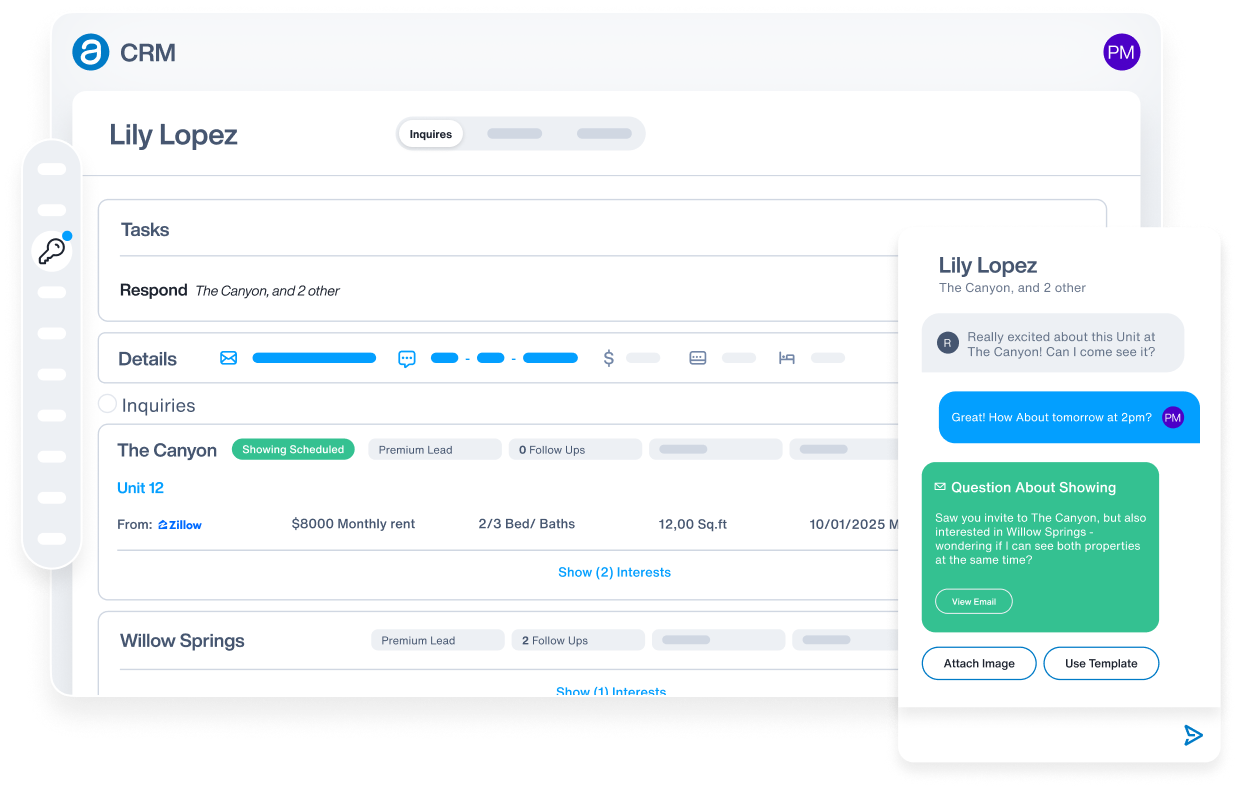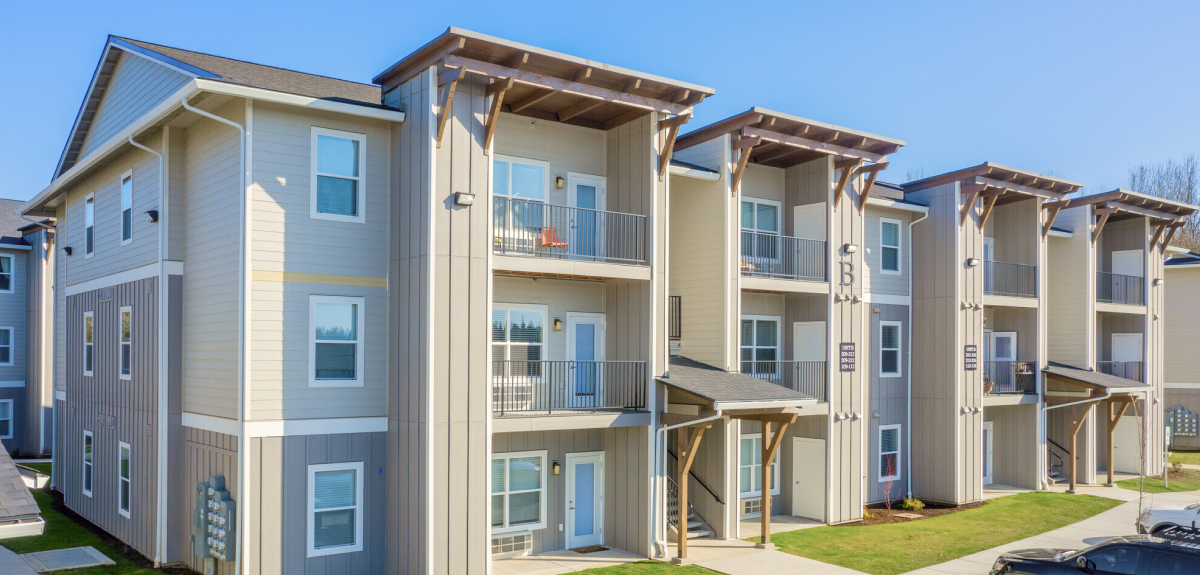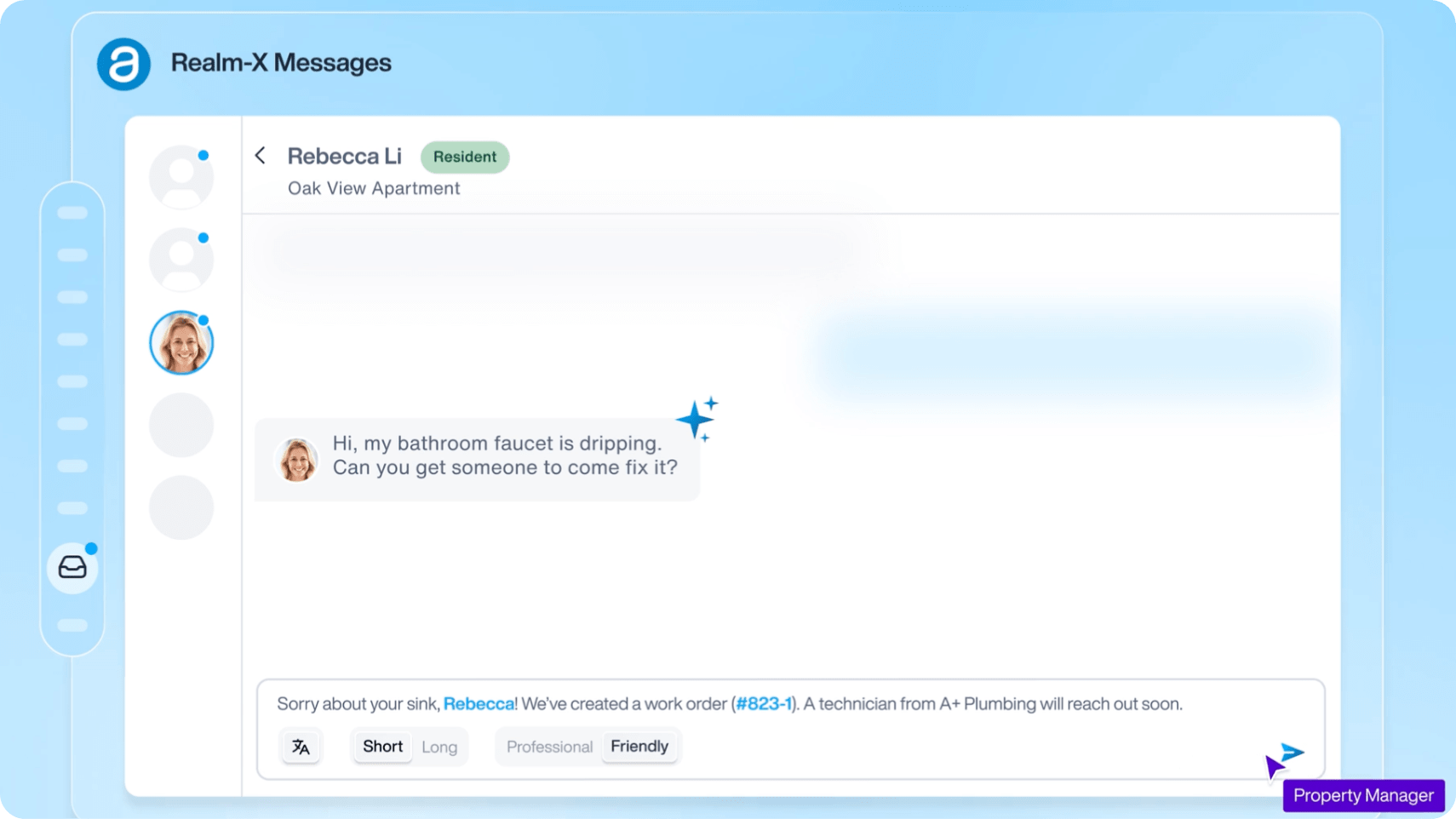Published on April 3rd, 2024
By Marc Frenkiel
As the supply of multifamily rental units grows, property managers and owners face the challenge of maintaining high occupancy rates, which impacts the bottom line. With more options available to potential renters, it’s essential to differentiate your property and offer compelling reasons for them to choose your location over others. Maintaining a competitive edge requires understanding market dynamics and renter preferences and effectively acting upon this knowledge.
Understanding the Multifamily Rental Market
According to research based on data from the United States Census Bureau, Kwame Donaldson — Economist at AppFolio — shows that there are nearly 1 million multifamily rental units in the pipeline, representing a record-setting pace of construction. Since 2011, the pace of new construction has consistently outpaced the completion of such projects, leading to an accumulation of units under development. The situation was further exacerbated by the Great Recession’s impact on the construction labor market, which saw a significant reduction in the workforce, delaying building. The pandemic introduced additional challenges, including supply chain disruptions and labor shortages, despite continued robust demand for apartments and historically low financing costs.
However, a recent decrease in building starts, attributed to aggressive interest rate hikes, combined with an improvement in labor and supply chain conditions, has led to faster completions and a reduction in the construction backlog. Kwame predicts it will take approximately 28 months to clear the current construction pipeline, based on the average pace of completion over the past year. Despite this projection, the near-term outlook remains optimistic, with an expected delivery of nearly 500,000 new multifamily rental units each year in 2024 and 2025. This volume of completions is unprecedented in recent history and signifies a notable increase over typical two-year delivery totals.
So, what does this mean for operators of multifamily rentals? More competition. Kwame points to other data that hints at how to excel in such a market.
Demographic Factors
The entry of Generation Z into the housing market and the increasing median age of first-time homebuyers, now at 35, suggest a sustained demand for rental units from this cohort. The difficulty in attaining homeownership due to high mortgage rates and limited housing inventory is likely to keep many potential buyers in the rental market.
By prioritizing the leasing and living experience and tailoring them to the evolving renter needs of this demographic, you can secure your position as a top choice for multifamily living in a competitive market.
It Starts With Marketing
Leverage Social Media
Given this demographic data, there’s a high likelihood that prospective renters in your market are active on social media. Tailor content to your target demographic on platforms like Facebook, Instagram, and TikTok to reach prospective renters. To increase engagement and shares, design posts that showcase your property’s amenities, upcoming events, and testimonials from satisfied residents. Monitor likes, shares, and comments to refine your strategy and pinpoint the most effective content.
A Better Leasing Experience
A first-rate leasing experience is crucial for attracting and retaining new renters. Streamlining the leasing process with technology can make it more enjoyable for both you and your potential renters. They want a truly digital experience.
Online Applications
Ensure you have a robust online application system. It should be user-friendly and provide a secure platform for submitting personal information.
Instant Communication
Research shows that almost three-quarters of prospective renters expect an answer to their inquiries within 24 hours. Ideally, you should aim to respond to leads within one hour, as this shows prospective renters that your team is attentive and values their business. But this is easier said than done. That’s where artificial intelligence (AI) comes into play.
Large language model-based AI has come a long way. The technology has paved the way for AI leasing assistants to provide thoughtful, personable responses to prospective renters, instantly and at any hour, so that your team has more time to focus on higher-level, revenue-generating priorities.
Flexibility With Scheduling
Be accommodating with property viewing times, including weekend or evening slots, to suit a diverse range of schedules.
Virtual Tours
Offer high-quality virtual tours of the property. This allows potential renters to view the space conveniently and helps those who cannot visit in person.
Enhancing Retention
Once leases are signed, focus on retaining existing residents through engagement and exceptional service to keep occupancy rates high.
Community Building Initiatives
Your efforts to foster a sense of community can have a profound effect on resident satisfaction and retention. Organize social events, such as community barbecues, holiday parties, or workshops, to encourage interaction among residents. With roots established, it becomes less desirable to relocate at the end of the lease term.
Responsive Property Management
Responsiveness to maintenance and concerns is key to resident retention. An online system that tracks requests and communicates updates to residents shows that their comfort is your priority. Ensure your property management team is accessible and that maintenance requests are handled promptly and effectively. At scale, this can become a challenge, especially after regular business hours. Be sure to offer a tool that lets your renters:
- Seamlessly submit maintenance requests
- Receive timely responses through the medium of their choosing at any hour of the day or night
- Perform basic troubleshooting for common issues
Smart Home Features
Incorporating smart home technology elevates your property’s appeal, especially to the renter generation. Examples include smart thermostats, which are desirable to renters for several reasons. These include energy efficiency (they reduce energy costs with programmable temperature settings) and user convenience (residents can adjust the climate remotely, adding a level of comfort).
Customizing leasing and resident experiences to the preferences and needs of renter demographics is crucial for maintaining high occupancy rates, especially in a market poised to see a significant increase in new apartment units. By understanding and addressing the specific desires and expectations of your target customers, you can create a living environment that stands out from the competition. This not only enhances resident satisfaction and retention but also positions the property as a desirable place to live, ultimately securing its success and profitability in a competitive real estate landscape.
Check out our free guide for additional strategies and insights to help scale your digital marketing efforts to drive more leads.










Comments by Marc Frenkiel